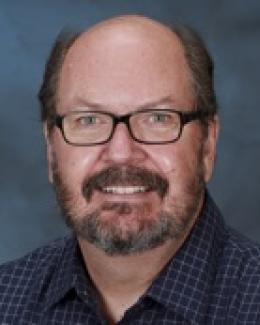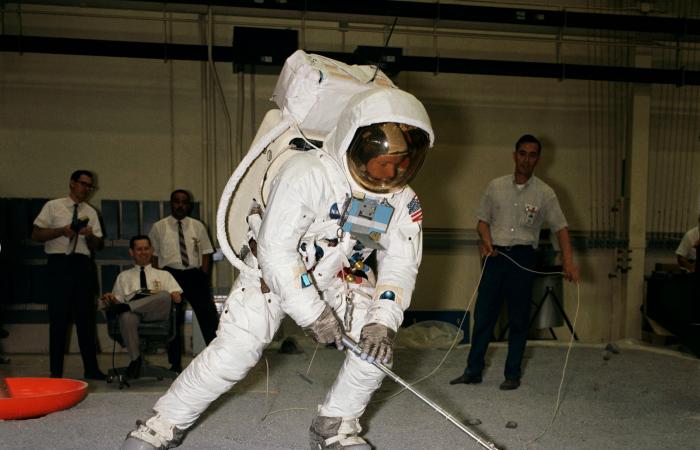Fifty years after Apollo 11, ORNL ‘moon scoop’ remains a source of family pride
Late in the evening of July 20, 1969, the Ellis family’s eyes were glued to their black-and-white television. Michael, 11, Jeanne, 14, and Lee, 18, waited alongside their parents, Glen and Alice Ellis, in their Lenoir City, Tenn., basement to watch humanity’s first walk on the moon.
Like more than 600 million others worldwide, the Ellis kids wanted to witness the spectacle of the lunar landing. But they had a more personal interest as well: They wanted to see if the astronauts would use a device that—just months earlier—had been a blueprint sprawled across their father’s drawing board at ORNL.
The device that fascinated them was a collapsible “moon scoop,” known to NASA as the lunar contingency soil sampler.
The aluminum-and-Teflon scoop had an important job. Minutes after Neil Armstrong descended from the lunar module, he used it to quickly take a sample of rock and soil that would ensure scientists back home could study at least a piece of the moon if the mission had to be abandoned early.
Glen Ellis, a draftsman at ORNL, drew the plans for the moon scoop. A man who rarely brought his work life home, Glen shared little about his job with his five children, but he told his family about this project.
“It was a big deal because we did know that he was involved in it,” says Michael Ellis, Glen’s youngest son. “He did talk about making this scoop.”
The details, however, were always a bit of a mystery. The Ellis family was never certain if Glen had both developed the concept for the scoop and drawn the plans or if he had drafted someone else’s idea.
A few weeks ahead of the 50th anniversary of Apollo 11, a new origin story surfaced. Gene Shaver Jr., a nephew of Glen Ellis, says that the idea for the moon scoop came from a day Glen spent at the golf course with the rest of his design team. The way Glen used to tell it, the “bingo” moment came after an unfortunate golfer hit a ball in the water and had to fish it out with the kind of ball retriever golfers use. A similar design, Glen thought, might help an astronaut scoop rocks on the moon. He returned to the lab with his team, and the plans took life.
If that story is true, it’s fitting that during the Apollo 14 mission Alan Shepard used the shaft of the contingency sampler—with a smuggled golf club head attached—to famously play golf on the surface of the moon.
Today, one of the contingency samplers is on display at the Smithsonian’s National Air and Space Museum in Washington, D.C., and two of Glen’s grandsons work at ORNL. Kevin Gaddis is a radiochemist in the Isotope and Fuel Cycle Technology Division, while Ryan Gaddis manages the computer systems used for employee training.
Their grandfather’s professional legacy inspires them “to do work that matters,” Kevin says. He keeps Glen Ellis’s original blueprints for the moon scoop hanging on his living room wall.
The aging documents act as a reminder of the time a man walked on the moon 50 years ago, but more importantly, as a reminder of his grandfather.




